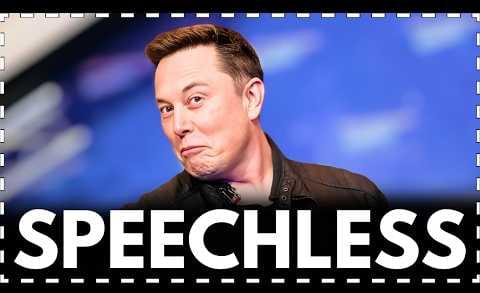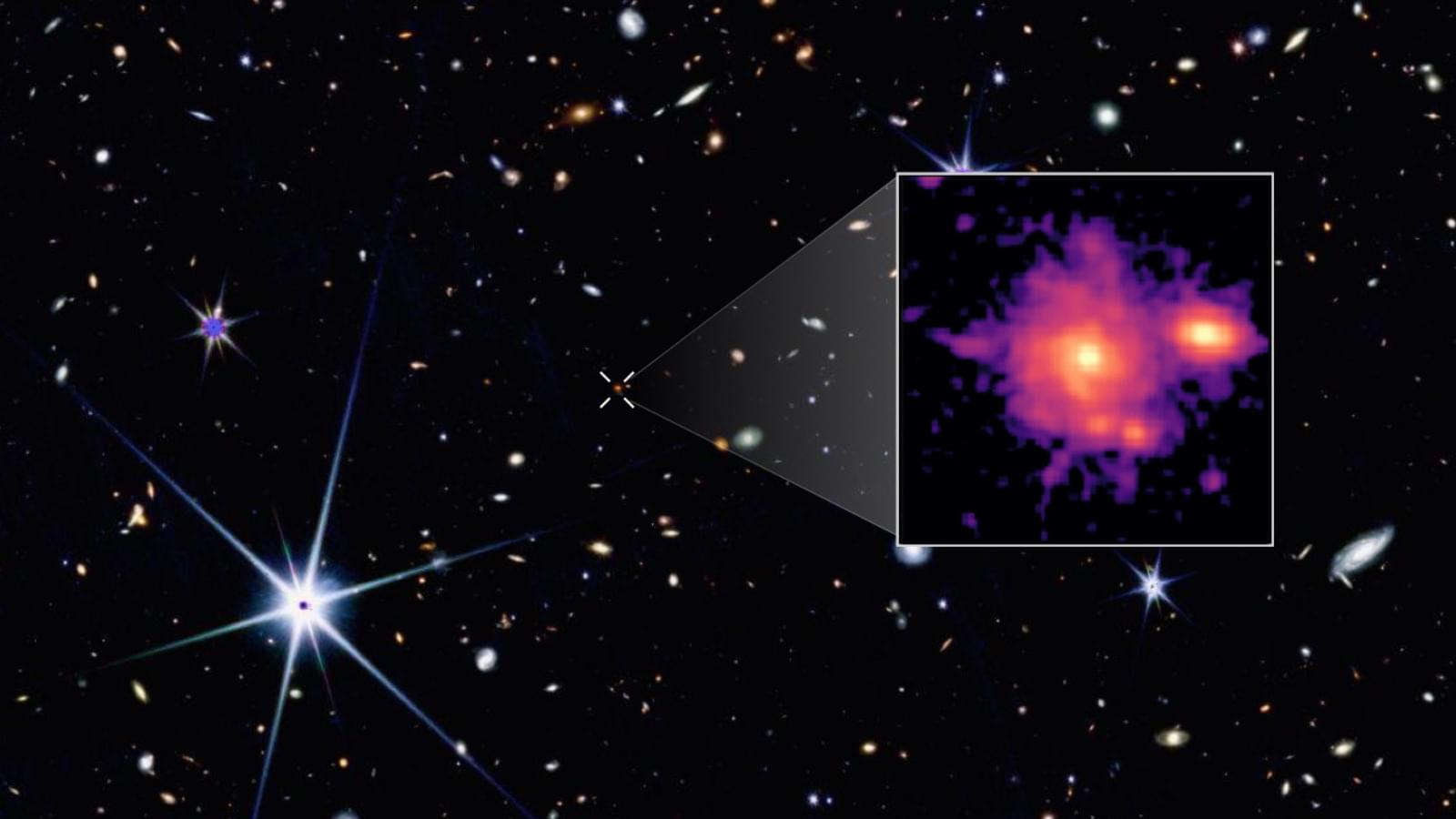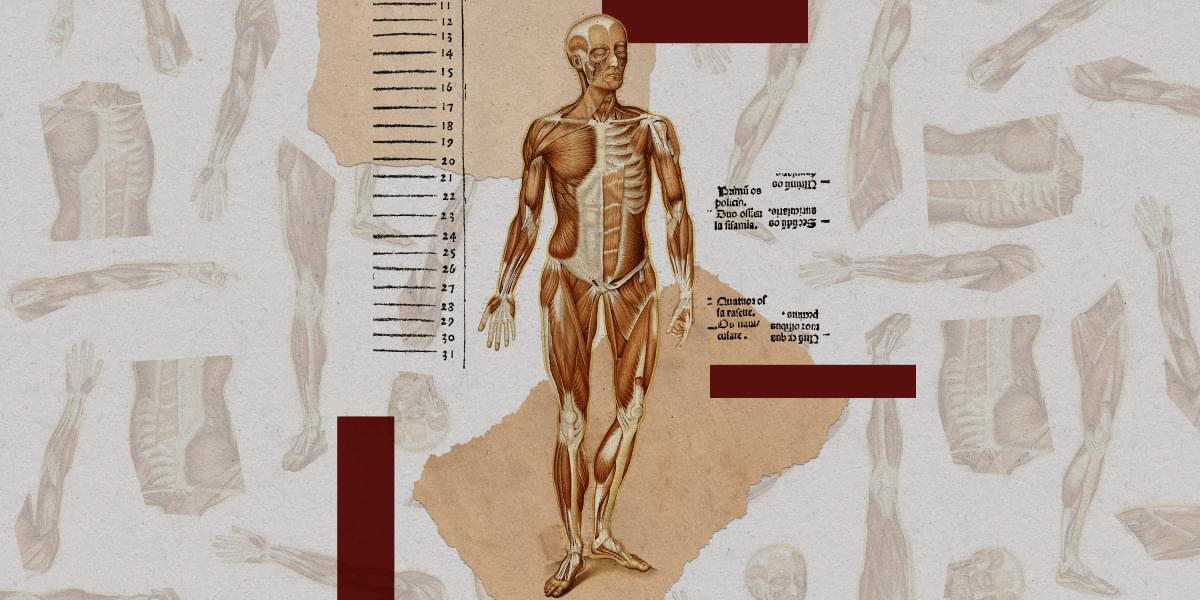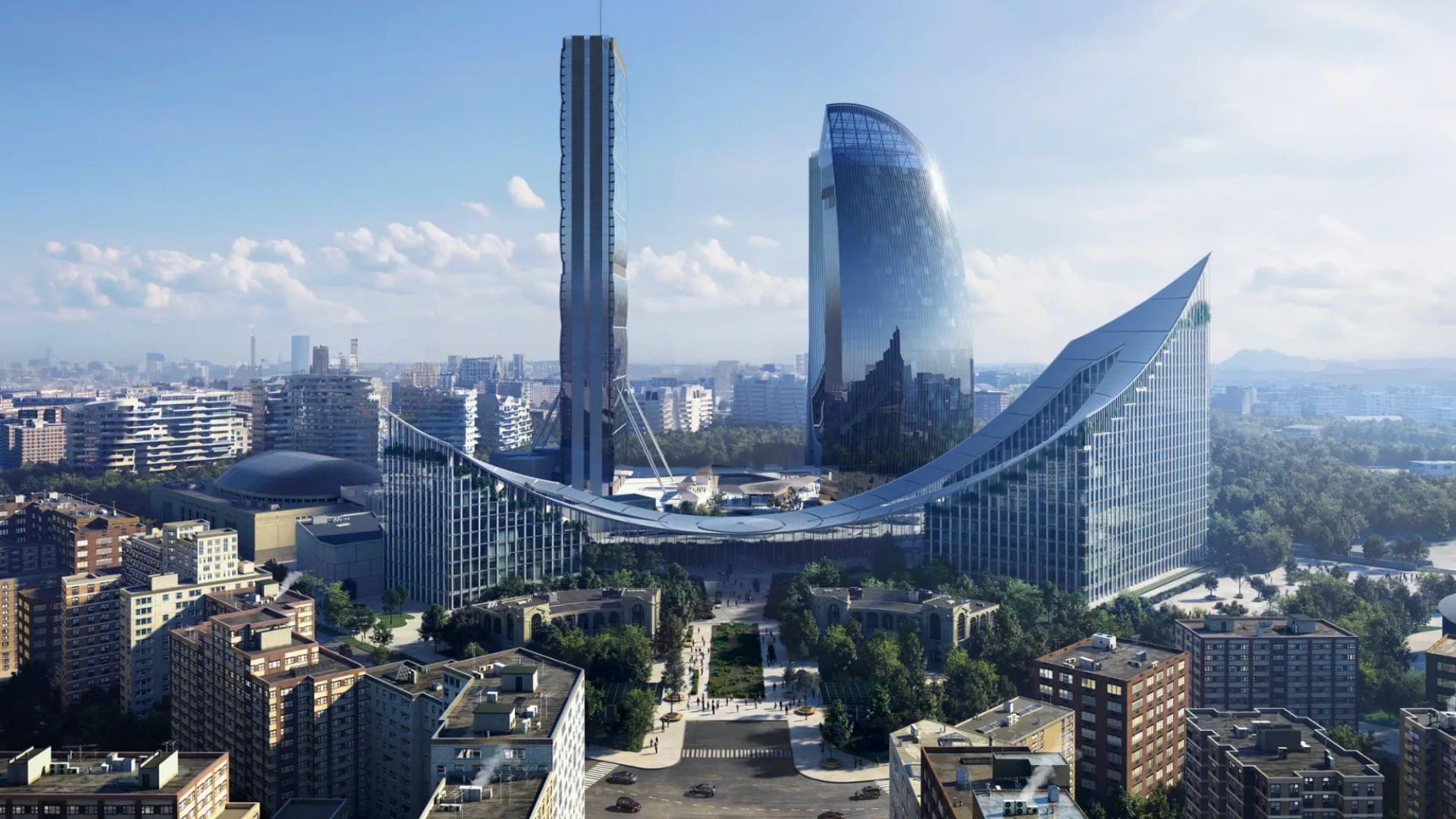Elon Musk’s Tesla is on the verge of launching a self-driving platform that could revolutionize transportation with millions of affordable robotaxis, positioning the company to outpace competitors like Uber ## ## Questions to inspire discussion ## Tesla’s Autonomous Driving Revolution.
🚗 Q: How is Tesla’s unsupervised FSD already at scale? A: Tesla’s unsupervised FSD is currently deployed in 7 million vehicles, with millions of units of hardware 4 dormant in older vehicles, available at a price point of $30,000 or less.
🏭 Q: What makes Tesla’s autonomous driving solution unique? A: Tesla’s solution is vertically integrated with end-to-end ownership of the entire system, including silicon design, software platform, and OEM, allowing them to keep costs low and push down utilization on ride-sharing networks. Impact on Ride-Sharing Industry.
💼 Q: How will Tesla’s autonomous vehicles affect Uber drivers? A: Tesla’s unsupervised self-driving cars will likely replace Uber’s 1.2 million US drivers, being 4x more useful due to no breaks and no human presence, operating at a per-mile cost below 50% of current Uber rates.
💰 Q: What economic pressure will Tesla’s solution put on Uber? A: Tesla’s autonomous driving solution will create tremendous pressure on Uber, with its cost structure acting as a magnet for high utilization, maintaining low pre-pressure costs for Tesla due to their fundamentally different design. Future Implications.
🤝 Q: What potential strategy might Uber adopt to compete with Tesla? A: Uber may need to approach Tesla to pre-buy their first 2 million Cyber Caps upfront, including production costs, as potentially the only path to compete with Tesla’s autonomous driving solution.









